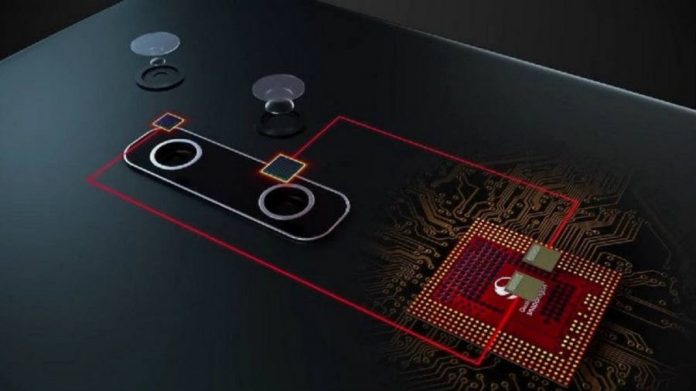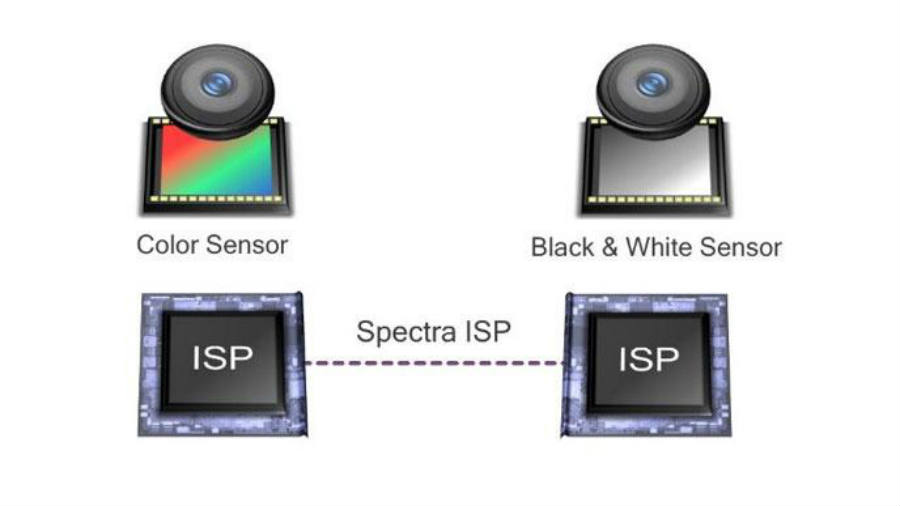
U.S. – Chipmaker company Qualcomm Inc. (NASDAQ: QCOM) unveiled a new tool for smartphone manufacturers that want to use dual cameras on their devices. Clear Sight wants to smooth things out for the new dual camera setups coming in late 2016 phones, like the iPhone 7 Plus, the LG V20, and the Huawei P9.
Clear Sight is a hardware module that handset manufacturers can integrate into their devices to improve the cameras, as long as the smartphones run on a Snapdragon 820 or 821 processor. It comes with a Qualcomm’s Spectra Image Sensing Processor (ISP).
The module mimics the properties of human sight and treats each camera as if it were an eye. It has both a black, white sensor and a color sensor, one for each camera. It combines a B&W photo by one of the “eyes” with the colors captured on the other to get the best of both technologies.
How does Clearsight work?

The module has the potential to improve dynamic range, reduce noise in low-light conditions, give better sharpness and contrast to the images, and enhance the overall image quality.
Companies can just slap the hardware inside their devices and enjoy the advantages it brings. The tech will come on 2017’s smartphones that will probably take off in the high-end of the price spectrum.
Qualcomm thinks dual-cameras setups will be the standard the next year, and the company wants to pioneer in the field providing the best technology to smartphone makers.
Clearsight works like the human eyes
Qualcomm explains the human eye has cells called rods and cones. Cones capture the color but require well-lit environments to distinguish the tonalities, while rods excel in capturing light amid the darkness, but is not very efficient in catching color.
Clear Sight’s dual sensors are similar to the eyes as each camera in the setup will have their image sensor cell. The B&W sensor would absorb more light and imitate the rods, the color image sensors would function like the cones.
The only difference between the sensors is a layer of color filter that is present in the “cones” but absent in the “rods,” so the B&W image sensor is capable of capturing three times more light and detail than its colored brother.
“When color information from the other photo merges with the B&” sensor, you can get a fantastic image,” explains Qualcomm.
Qualcomm favors image quality over zoom
The Clear Sight’s zoom is different from the – depth-sensing zoom – one present in the iPhone 7 or LG V20. Instead, Clear Sight focuses on image quality and not in length. The lenses are the same in each, and they perceive a distance very similar to what the human eye can see.
It’s worth noting that Clear Sight works very similar to the Huawei’s P9 dual image sensor camera, and not like the iPhone 7 Plus. The premium iPhone focuses on giving extra more zoom power with the second camera.
Source: Engadget










